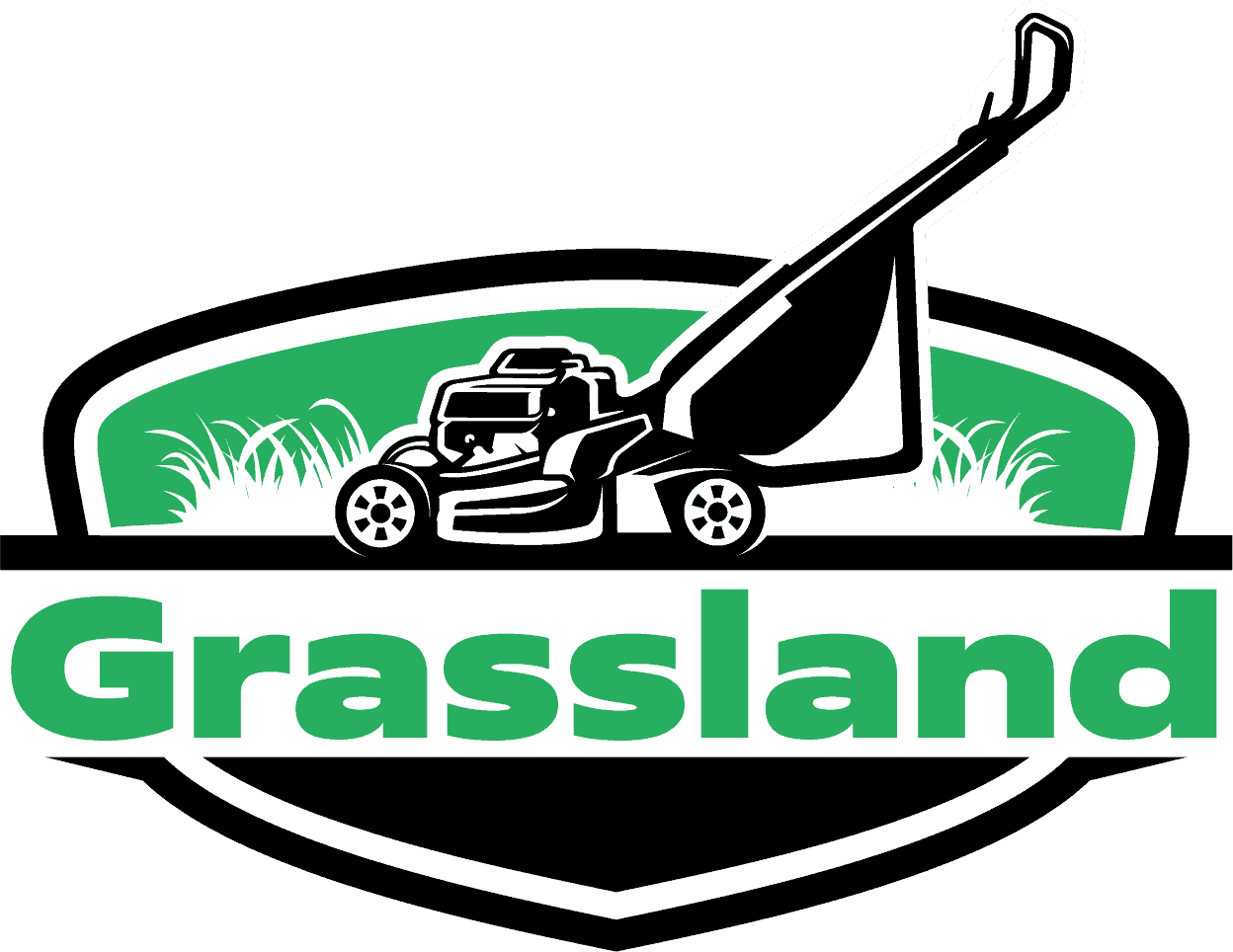Fertilization Services
Fertilization is vital for the health and well-being of your lawn. It helps reduce insect problems and helps revive a tired landscape. The best time to fertilize your lawn is to apply a pre-emergent in March or April before the grass plants germinate. For post-emergents, a good time would be sometime during late summer/early autumn when you see rapid growth in your grass.
Vegetation’s primary function is to capture light energy from the sun and use that light energy to produce food via a chemical process called photosynthesis. To perform this process effectively, vegetation needs three main ingredients: water, sunlight, and nutrients (i.e., fertilizer). This combination essentially produces sugars from which all other plant parts are made. Therefore, fertilizing our lawns not only enhances their beauty but also enables them to better meet their essential biological functions for survival!
Things To Remember For A Successful And Efficient Fertilization
Plant nutrients should be absorbed best by plants with healthy root systems.
Fertilizers should not be applied until after turfgrass seedlings emerge at the start of spring.
Fertilizers should be applied to cool-season turfgrass species in late summer/early autumn.
How Does Our Professional Lawn Fertilization Work?
We start by setting up our equipment at your home. This includes laying strips of fertilizer down the center of your yard, then dragging special equipment (called a “power rake”) that makes furrows in the grass, then covering the furrows with fertilizer. Once it’s raked and fertilized, your lawn is ready to be watered so the nutrients can get deep down where roots can absorb them.
Professional lawn fertilization is a big job. It takes more than just putting some food on top of your grass and walking away. It also takes careful planning and equipment to do things right. If you’re not up for doing it yourself or hiring someone, call us now to get your free quotes and for our other services!
What Happens To Your Lawn Throughout The Year
In the early spring
Grass plants begin to grow from things known as “seed leaves” or “cotyledons.” For this new growth to be successful, these young seedlings need a source of energy. This energy is obtained from food sources such as sunlight and nutrients. These seedlings have not developed their root system very well just yet, so they have difficulty absorbing water and fertilizers directly through their roots.
Thus, any fertilizer applied at this stage will mostly get washed away by rain or sprinklers before it is absorbed into the soil and reach its intended target – the young grass plant’s roots. So, what should you do during this time? Fertilization in the early spring is not recommended because there is no root mass to support it. However, the addition of compost or organic matter into your soil will help condition it for future growth and can be done anytime throughout the year.
In the late summer
Grass plants have just experienced a period of tremendous growth. They have produced leaves, stems, and roots to support this new growth. The roots are still relatively shallow at this time because they haven’t had a chance to grow down deep into the soil yet. As a result, there is no need for fertilizer during these months—especially if you live in an area where cool-season grasses such as fescue or bluegrass dominate your lawn’s turf mixture. If you happen to use a fertilizer labeled “all-purpose,” be sure not to overdo it. In many cases, all-purpose fertilizers can be used year-round but should not exceed more than 1 pound of nitrogen per 1000 square feet annually.
As Autumn Approaches
The grass plants enter their “resting phase.” They are preparing for winter by reducing cellular activity within the leaves and stems. Due to reduced metabolic activity in these plant parts, there is no need for fertilizer application during this time of year! Applying fertilizer at this time will increase potential damage to your turf while it is transitioning into dormancy. If you do fertilize or use compost throughout the year, be sure to choose organic-based products since synthetic fertilizers are not permitted during autumn months.
How Does Our Professional Lawn Fertilization Work?
When was the last time your grass got a boost of nutrients from the construction crew tearing up the road outside your home? Those crews care about their job, but they can’t take care of anything growing around where they’re working. When was the last time YOU gave YOUR lawn a mega-dose of fertilizer to keep it lush and green? If you can’t remember, then YOU need to hire a landscaping or lawn care company to fertilize YOUR lawn.
Landscaping professionals know that grass needs four nutrients to thrive: Nitrogen, Phosphorus, Potassium, and Chelated Iron. Fortunately for you, they use an organic fertilizer with all four major nutrients in it. This is called a “complete” fertilizer because the amount of each nutrient is just right for your grass to take full advantage of them when it begins growing in the spring. If you tried to buy one at Home Depot or Lowes, you might be tempted by the bargain bags of “lawn food” claiming big percentages on the front label (like 50% Nitrogen).
Remember what we said about complete fertilizers? They already have the right levels of each nutrient, so it’s kind of like putting a pile of all four significant nutrients together and calling it fertilizer. The only thing you’re doing is creating another pile on your lawn that has to be watered in or worked into the soil. Lawn care companies already know how to do this. They use those bagged products every day, and they know the percentages and ratios inside and out. Most of all, there’s no need to emphasize but: DO NOT USE HOUSEHOLD CHEMICALS TO FERTILIZE YOUR LAWN!
FREQUENTLY ASKED QUESTIONS
We recommend having your yard fertilized once every 4-6 weeks in the spring, summer, and fall. We know exactly how much your grass needs to stay healthy for each season. For best results, have your lawn fertilized every 6-8 weeks during the growing season (April through September). If you can’t afford that kind of time or attention, that’s why we are here – to take care of it for you.
Yes! Lawn professionals don’t just fertilize your grass, but they give it a good mow, too. This lets them get rid of any dead blades or other signs of neglect, so your yard looks its best all year round. It’s part of their “complete” service that keeps yards healthy and looking great. You might think that it’s too expensive or too much trouble but remember: complete fertilizers and professional equipment costs a lot more than saving some time and doing it yourself.
Too little fertilizer can cause weeds to grow more than usual because of weak grass growth. Also, the soil may not have the nutrients it needs to sustain life, so there may be some bare spots or patches where nothing grows due to a lack of water and nutrients in the soil. If you are over-fertilizing, your grass will start growing more than usual and roll up like parchment paper or be thin and weak-looking.

